Grade 0
Healthy teeth that are free of visible disease. The gums are coral pink or shrimp color. This is the best time to start dental prevention. Mouth rinsing needs to be done every day. Home dental sealants (Oravet) should be applied once weekly. Hill’s Prescription Diet T/D food is also an effective daily method of preventing dental disease.

Grade 1
Marginal Gingivitis is present, which causes redness along the gum line indicating inflammation and discomfort and mild tartar accumulation is present. We recommend an annual professional dental cleaning and prophylaxis with a sealant treatment. This includes the removal of tartar from the teeth above and below the gum line, flushing the gingival crevice and polishing above and below the gum line. After the dental procedure, we recommend applying CET Oral Hygiene Rinse daily to control bacteria, weekly use of OraVet Home Sealant. As a maintenance diet, we recommend tartar control food such as Hills Prescription Diet® Canine T/D®.’
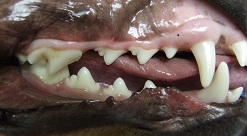
Grade 2
Moderate gingivitis is present. Gum tissue is red and swollen, and bleeds when probed, mild accumulation of mineral deposits (calculus) also present. This chronic gingivitis is a long standing inflammation of the gums. This is the beginning of long-term gum disease and inflammation because bacteria are active under the gum line. Calculus is established and will potentiate the damage caused by the bacteria. We recommend an annual professional dental assessment, treatment and prophylaxis. The dental treatment includes the removal of tartar from the teeth above and below the gum line, flushing the gingival crevice and polishing above and below the gum line. At this stage, curettage of the dental sulcus is also recommended. Curettage removes debris above and below the gum line and revitalizes the gum tissue, which helps to promote healthy gums and impede tartar formation. After the dental procedure, we recommend applying C.E.T. Oral Hygiene Rinse daily to control the oral bacteria after cleaning, and then begin weekly use of OraVet home sealant. As a maintenance diet, we recommend tartar control food such as Hills Prescription Diet® Canine T/D®.’
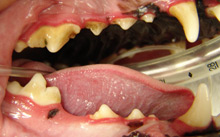
Grade 3
Advanced gingivitis and presence of periodontitis. Pathology present includes red, swollen gum tissue, tartar is present above and below the gum line, receding gum tissue and pocket formation under the gum tissue (periodontitis) is found after examination under anesthesia. Bacterial activity has begun separating the tooth root from the gum tissue. This is the first stage of permanent loss of the bone that supports the tooth. We strongly recommend professional dental assessment, treatment and prophylaxis at least twice yearly until control is achieved. The dental treatment includes the removal of tartar from the teeth above and below the gum line, flushing the gingival crevice and polishing above and below the gum line. At this stage, curettage of the gum tissue is also highly recommended with the possibility of gingival flap surgery if pockets are deeper than 3-4 mm. To close subgingival pockets after curettage, a perioceutic antibiotic gel (Doxirobe Gel) is infused into small pockets, or Consil is used in large pockets to bind to both bone and tissue to close pockets. A three-day antibiotic treatment is needed prior to the dental procedure and will continue for a minimum of 14 days following the surgery. After the dental procedure, we recommend applying C.E.T. Dental Hygiene Rinse twice daily for 8 days to control the oral bacteria after cleaning, and then begin weekly use of OraVet Home Sealant and daily use of CET Oral Hygiene Rinse. As a maintenance diet, we recommend tartar control food such as Hills Prescription Diet® Canine T/D®.

Grade 4
Severe periodontal disease and advanced periodontitis is present. Pathology present at this stage includes all changes seen in Grade 3 conditions with the addition of abscessation around tooth roots, tooth mobility and bone destruction. Severe chronic infection of the gum tissue and alveolar bone creates a foul odor to the mouth due to the bacterial infection of the tissues. This stage of oral disease is associated with significant pain and spread of bacteria throughout the body. Radiographs commonly show a twenty-five percent loss of the jawbone itself. To regain good oral health and eliminate serious infection, a professional dental assessment, treatment and prophylaxis should be performed every 3 months until control is achieved. Initially, an extensive, thorough cleaning with extraction of unsalvageable teeth is performed, with gingival flap surgery, root planning, curettage, polishing and sealant application performed when and wherever appropriate. A three-day antibiotic treatment is needed prior to the dental procedure to help reduce the amount of bacteria in the mouth and will continue for an extended period of time following the surgery. Home care will include CET Oral Rinse 2-3 times daily, and pulse antibiotic therapy as needed.
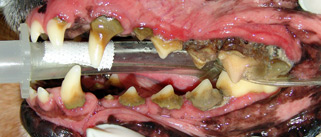


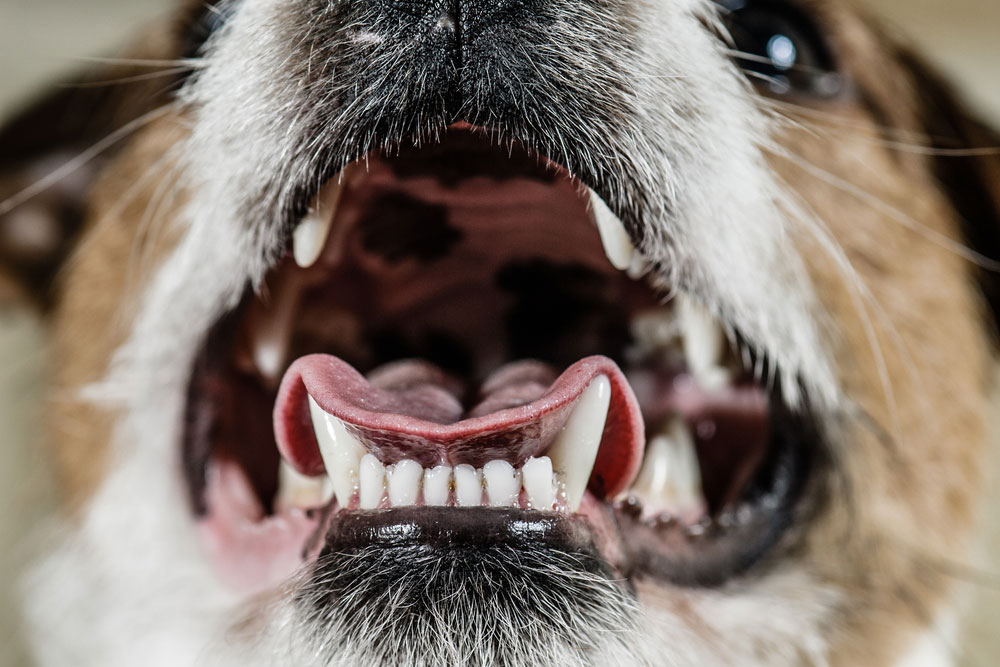


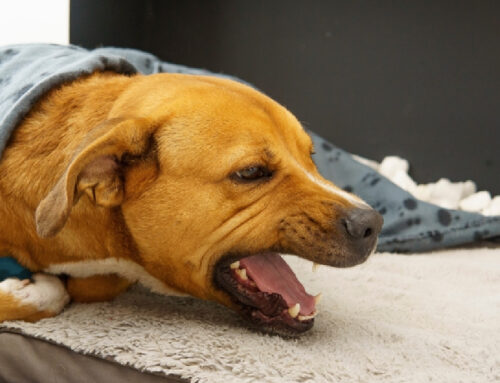
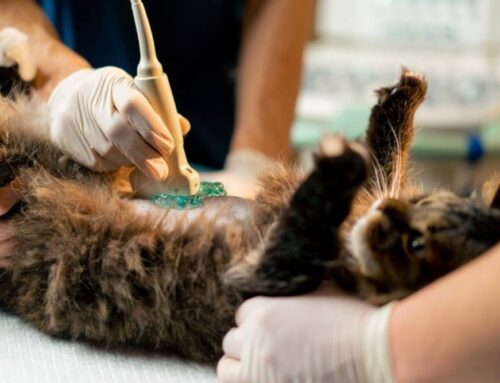

Leave A Comment